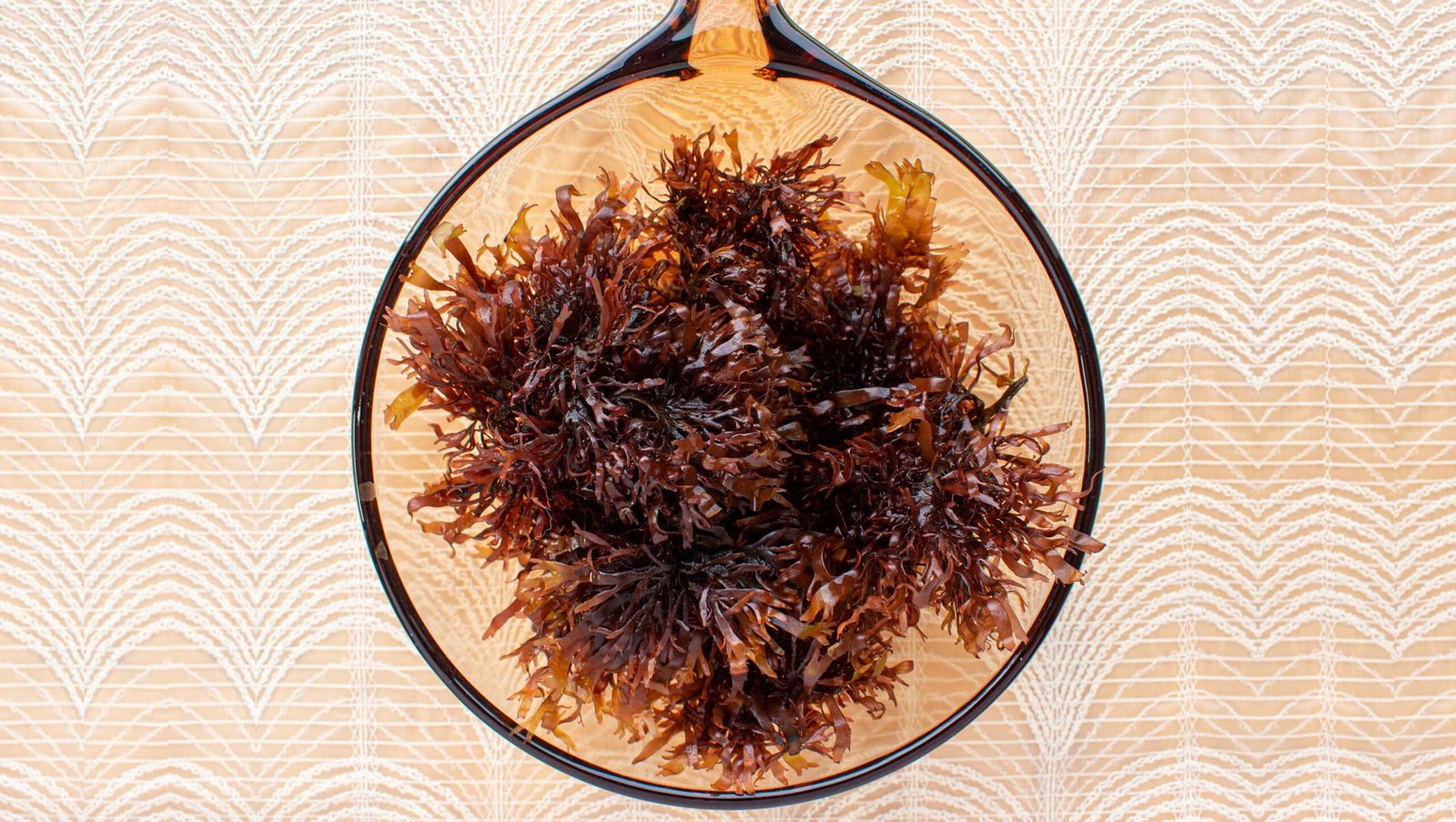Seaweed is taking the spotlight as the new superfood, surpassing kale in terms of nutrition and sustainability. Alanna Kieffer, a marine biologist and founder of Oregon Seaweed, is championing seaweed as the next big thing in ocean-to-plate dining in the United States. While seaweed has long been a dietary staple in East Asian countries, its potential in American cuisine is just beginning to be explored.
Oregon Seaweed, located in Garibaldi, Oregon, is the largest land-based seaweed operation in the country. Kieffer’s work focuses on cultivating red Pacific dulse, a nutrient-rich seaweed that is packed with essential amino acids, vitamins, minerals, fiber, and omega-3s. This versatile superfood requires minimal resources to grow and is a sustainable alternative to traditional leafy greens.
Nutritious and delicious
Pacific dulse thrives in the nutrient-dense seawater of Oregon Seaweed’s tanks, where it is nurtured using a simple yet effective process. The harvested seaweed is sun-dried and can be used in a variety of culinary applications. Its nutritional profile and sustainable cultivation make it a standout ingredient in today’s food industry.
No green thumb required
The cultivation of Pacific dulse is a low-maintenance process that relies on natural elements like sunlight and seawater. The efficiency of seaweed farming, combined with its environmental benefits, makes it an attractive option for sustainable food production.
Sustainable superfood
Seaweed farming has the potential to capture and sequester carbon, contributing to environmental conservation efforts. The rapid growth rate of seaweed allows it to absorb carbon dioxide efficiently, making it a valuable asset in combating climate change.
In addition to its carbon sequestration capabilities, seaweed plays a crucial role in reducing ocean acidification and promoting marine ecosystem health. By incorporating seaweed into our diets and agricultural practices, we can create a more sustainable and balanced environment for all living organisms.
Eat up
Seaweed, particularly Pacific dulse, offers a wide range of culinary possibilities. From sautéing to pickling, seaweed can enhance the flavor and nutritional value of various dishes. By introducing seaweed into our diets and exploring its culinary potential, we can support sustainable food practices and promote a more diverse and eco-friendly food culture.
